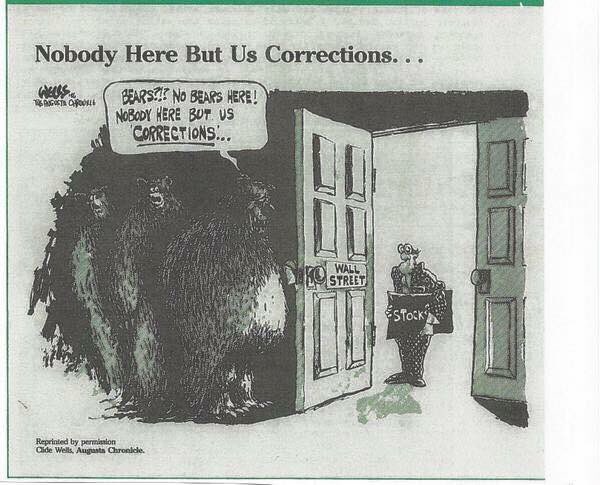 The BP crisis in the Gulf of Mexico has rightfully been analysed (mostly) from the ecological perspective. People’s lives and livelihoods are in grave danger. But that focus has equally masked something very serious from a financial perspective, in my opinion, that could lead to an acceleration of the crisis brought about by the Lehman implosion.
The BP crisis in the Gulf of Mexico has rightfully been analysed (mostly) from the ecological perspective. People’s lives and livelihoods are in grave danger. But that focus has equally masked something very serious from a financial perspective, in my opinion, that could lead to an acceleration of the crisis brought about by the Lehman implosion.
People are seriously underestimating how much liquidity in the global financial world is dependent on a solvent BP. BP extends credit – through trading and finance. They extend the amounts, quality and duration of credit a bank could only dream of. The Gold community should think about the financial muscle behind a company with 100+ years of proven oil and gas reserves. Think about that in comparison with what a bank, with few tangible assets, (truly, not allegedly) possesses (no wonder they all started trading for a living!). Then think about what happens if BP goes under. This is no bank. With proven reserves and wells in the ground, equity in fields all over the planet, in terms of credit quality and credit provision – nothing can match an oil major. God only knows how many assets around the planet are dependent on credit and finance extended from BP. It is likely to dwarf any banking entity in multiples.
And at the heart of it all are those dreadful OTC derivatives again! Banks try and lean on major oil companies because they have exactly the kind of credit-worthiness that they themselves lack. In fact, major oil companies, conversely, spend large amounts of time both denying Banks credit and trying to get Bank risk off of their books in their trading operations. Oil companies have always mistrusted bank creditworthiness and have largely considered the banking industry a bad financial joke. Banks plead with oil companies to let them trade beyond one year in duration. Banks even used to do losing trades with oil companies simply to get them on their trading register… a foot in the door so that they could subsequently beg for an extension in credit size and duration.
For the banks, all trading was based on what the early derivatives giant, Bankers Trust, named their trading system: RAROC – or, Risk Adjusted Return on Credit. Trading is a function of credit bequeathed, mixed with the risk of the (trading) position. As trading and credit are intertwined, we might do well to remember what might happen to global liquidity and markets if BP suffers what many believe to be its deserved fate of bankruptcy. The Intercontinental Exchange (ICE) has already been and will be further undermined by BP’s distress. They are one of the only “hard asset” entities backing up this so-called exchange.
If BP does go bust (regardless of whether it is deserved), and even if it is just badly wounded and the US entity is allowed to fail, the long-term OTC derivatives in the oil, refined products and natural gas markets that get nullified could be catastrophic. These will kick-back into the banking system. BP is the primary player on the long-end of the energy curve. How exposed are Goldman sub J. Aron, Morgan Stanley and JPM? Probably hugely. Now credit has been cut to BP. Counter-parties will not accept their name beyond one year in duration. This is unheard of. A giant is on the ropes. If he falls, the very earth may shake as he hits the ground. (more…)
 Trend Following is all about managing risk. As Trend Following is not about prediction, we do not know when we enter a trade whether it will be profitable or not, so we take calculated risk and put a position small enough not to hurt us bad in case the trade is a loss trade.
Trend Following is all about managing risk. As Trend Following is not about prediction, we do not know when we enter a trade whether it will be profitable or not, so we take calculated risk and put a position small enough not to hurt us bad in case the trade is a loss trade.

 The BP crisis in the Gulf of Mexico has rightfully been analysed (mostly) from the ecological perspective. People’s lives and livelihoods are in grave danger. But that focus has equally masked something very serious from a financial perspective, in my opinion, that could lead to an acceleration of the crisis brought about by the Lehman implosion.
The BP crisis in the Gulf of Mexico has rightfully been analysed (mostly) from the ecological perspective. People’s lives and livelihoods are in grave danger. But that focus has equally masked something very serious from a financial perspective, in my opinion, that could lead to an acceleration of the crisis brought about by the Lehman implosion. 

